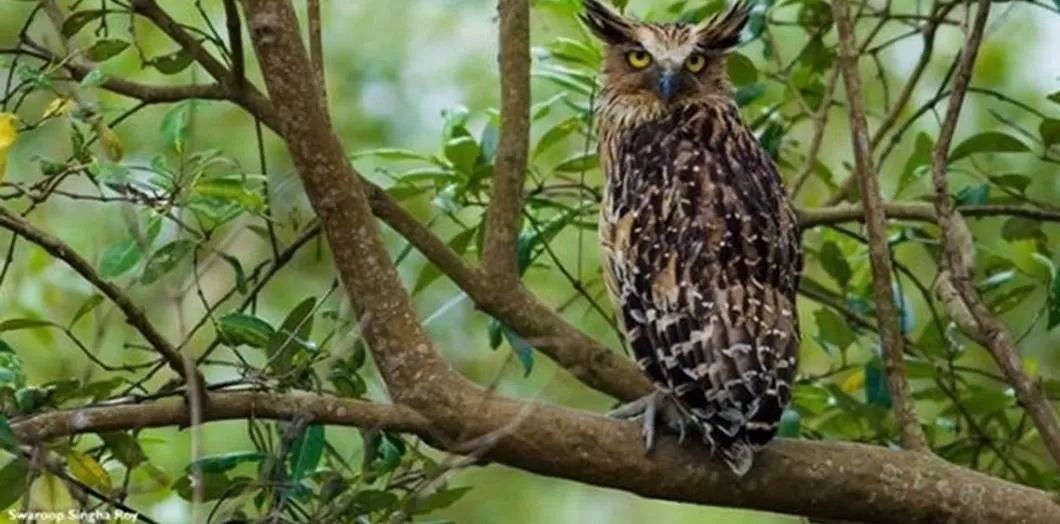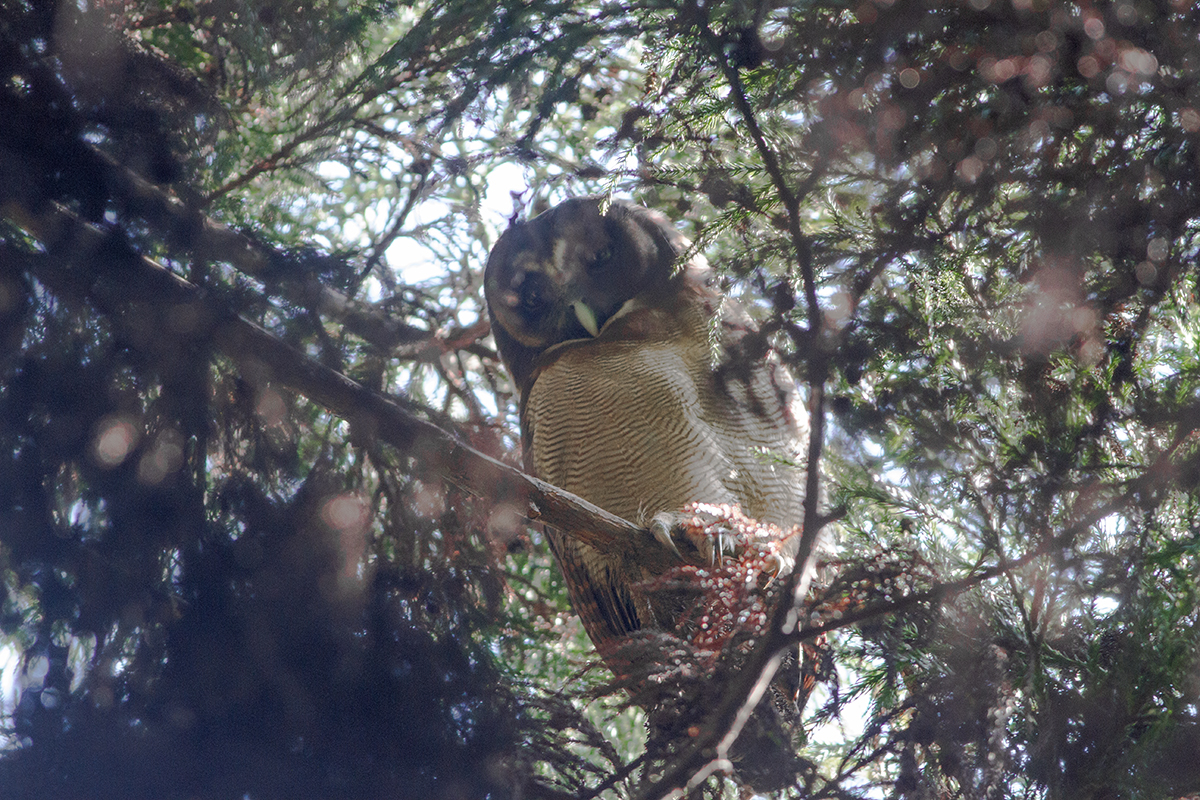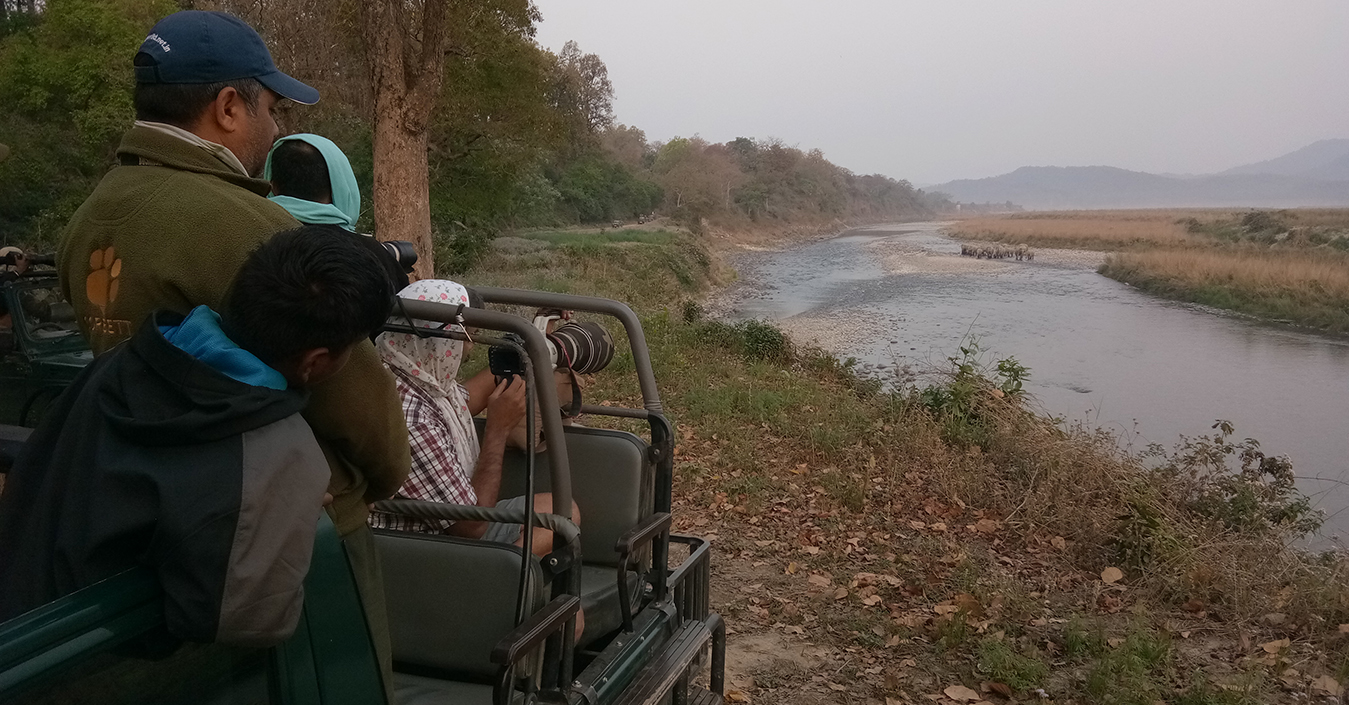
Blog Details
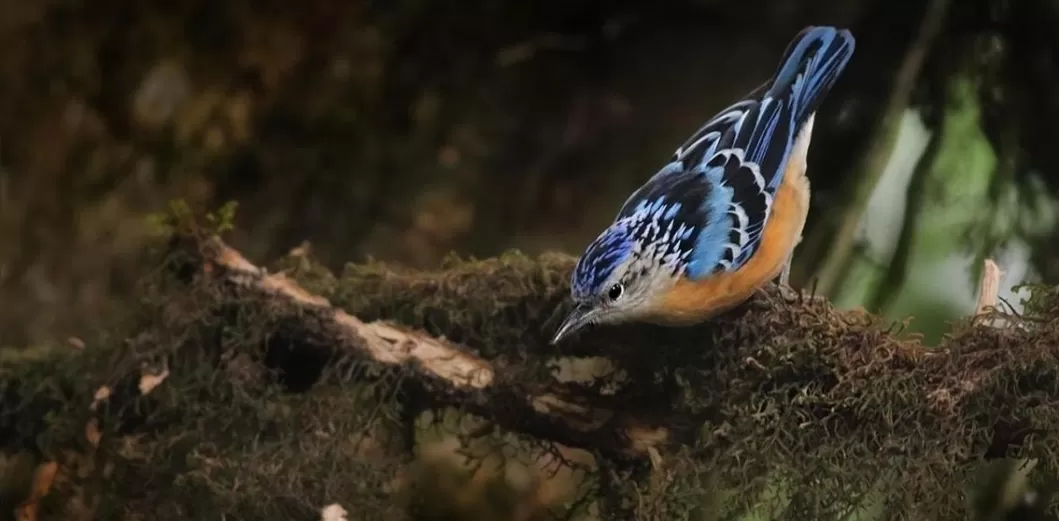
Bird watching Information on Eaglenest Wildlife Sanctuary Arunachal India
Mysterious and enthralling wildlife sanctuary called Eaglenest, is nestled in the foothills of West Kameng district. Every year in March to May birders from all across the globe flock in Eaglenest, For the beautiful Birds of Eaglenest as it is considered to be the best time for rare and elusive bird sightings in this pristine and lesser-known locale. One is almost always enchanted by the sight of dark skies just about to spill a lot of rain and often the fog-laden clouds that roll in, make the ambiance spooky and interesting. The resident species of Eaglenest will always keep you busy from sunrise to sunset i.e. from 5: 30 AM to 5 PM. After all, this is one of the most biodiverse places in the country and houses a whopping 480 plus bird species… too good isn’t it?
On our way, we go via Shergaon-Tenzinggang-Kalaktang instead of driving through Bhalukpong. Well if you ask me why? Then both ways, it was a wise decision because firstly, it takes less amount of time and secondly, this place is one of the lesser-known areas among the birders hence you get an exclusively birding experience in this area specifically also it is a designated Important Birding area. To make a round circuit and cover all the nooks and corners of the forest we returned via Bhalukpong and enjoyed birding thoroughly.
What is most intriguing is the fact that there is very little information available about Eaglenest on the internet also there aren’t too many reliable Birding Tour Operators Eaglenest Arunachal Pradesh. Most of the content is copied from here and there so honestly, if you depend on the internet to explore Eaglenest then All the Best to you! But our motto is to make things easier for you hence we want to share our first-hand experience with all of you to make sure that you don’t end up getting into trouble in this birding heaven and enjoy Bird watching tours in Eaglenest.
We will talk about this park, about its landscape and terrain, birds to be expected and most importantly the places where you can stay. GoingWild is a Birding Tour Operator in Arunachal Pradesh with years of experience and credibility.
Our entire journey for Eaglenest Wildlife Sanctuary can be split up in six parts. Here we will discuss on these six parts and rest four parts would be shared in the next blog. Primarily, we would share as much information possible about your journey before entering this magnificant forest. In the next blog, we will share indetail information about Eaglenest - inside out!
Eaglenest Bird Watching Tour : Driving Commute Part 1
Rouet: Guwahati-Rangia-Mangaldoi-Bhairabkunda [140 Kilometers - 3 hrs]
Map : Guwahati (26.153931, 91.678102) to Bhairabkunda (26.882918, 92.113323)
Let us look at the options here. Starting from Guwahati if you want to avoid travel via Bhalukpong then you will have to take the Rangia-Mangaldoi-Udalguri road which later joins with the long and arduous road that will take you through the Dhansiri valley. This is located in the foothills and comprises of mostly human habitation, the panoramic view will captivate your soul. However, just adjacent to Guwahati, there is a birding site called ‘Deepor Beel Bird Sanctuary’, which birders can explore in winter months (December to February). Otherwise, if you are coming in the summer months (March to May) or during the post-monsoon time; then you may avoid visiting Deepor Beel. This is a Ramsar site, vagrant and rare waders are sighted as well here. Birding tours in Eaglenest Wildlife Sanctuary are fun and exciting.
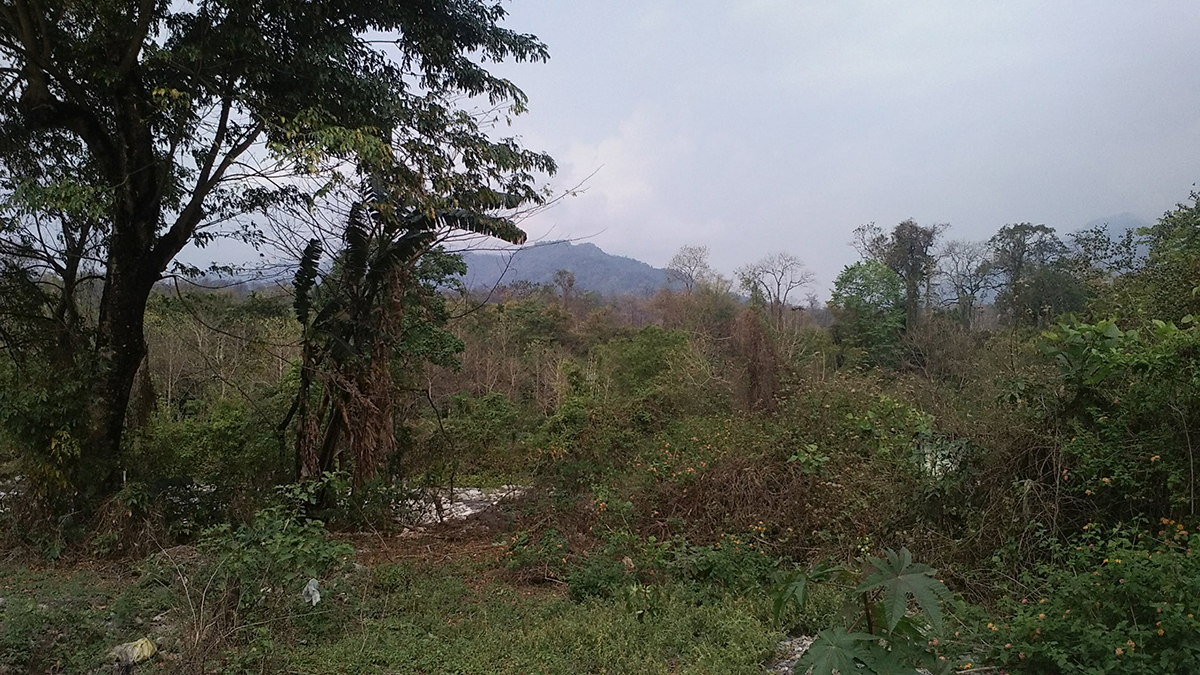 Scrub Savannah forest at Bhairabkunda is also fascinating.
Scrub Savannah forest at Bhairabkunda is also fascinating.
This tiny piece of area in and around Bhairabkunda Scrub Savannah forest, resembles much like Manas scrub forest of lower Assam. Striated Yuhina, Black Eagle, White-throated Bulbuls predominantly dwell in this area.
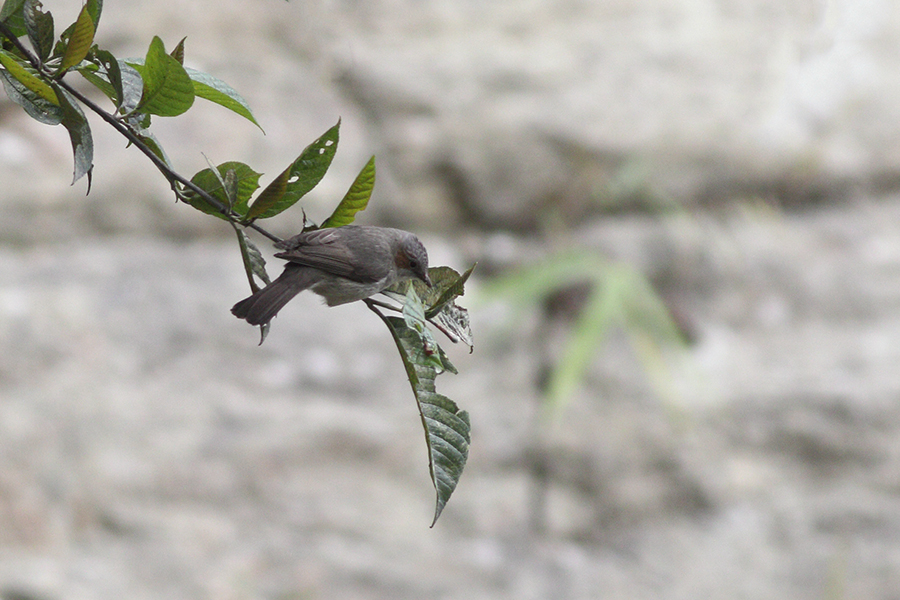 |
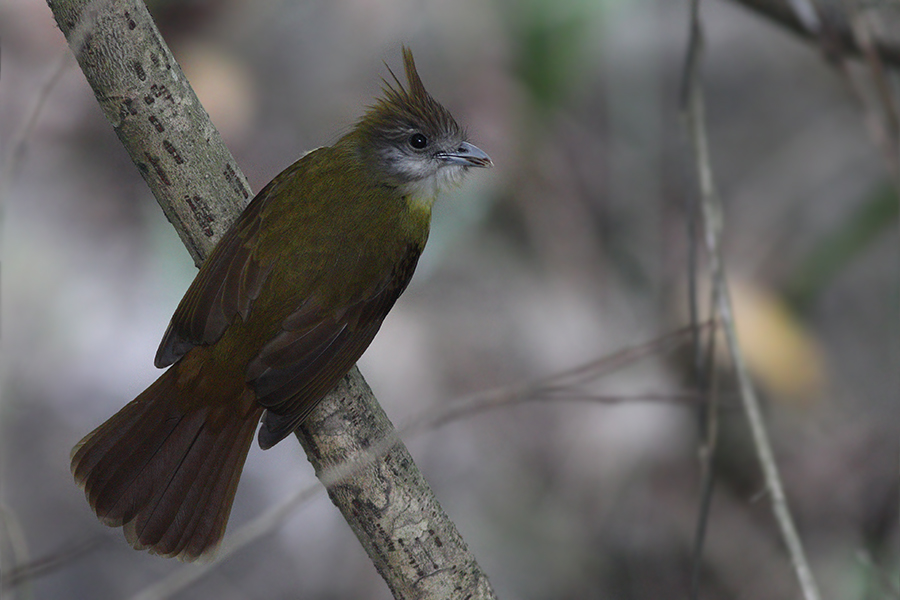 |
| Striated Yuhina | White-throated Bulbul |
Eaglenest Bird Watching Tour : Driving Commute Part 2
Rouet: Bhairabkunda-Amartala-Kalaktang [55 Kilometers - 1.5 hrs]
Map : Bhairabkunda (26.883213, 92.113298) to Kalaktang (27.103491, 92.116414)
At this point in Bhairabkunda, you are at a tri-junction border of Assam-Arunachal Pradesh and Bhutan. You pass through multiple PWD labor camps as you start driving uphill parallel to Bhutan Hills. While driving from Amartala to Kalaktang, you will be covering an average altitude variation somewhere between 600 meters to 1,100 meters. Now you are driving through IBA-IN-360 [Important Bird Area in Arunachal : Shergaon Tenzinggang Kalaktang]. You can see Asian Fairy Bluebird, Striated Bulbul, and White-throated Bulbul, Long-tailed Sibia, etc. You can get them from a very close distance. Here the roads are very narrow, you don’t stop your vehicle anywhere for birding. Park your car aside, where there is enough space to avoid unnecessary traffic congestion. You can also see, Spangled Drongos, Black-throated Bush Tits, Asian Barred Owlet, etc. This place has pretty good chances for Collared Treepie and White-hooded Babbler as well. A little after crossing Yollongripam village, you will be out of IBA-IN-360 [Important Bird Area in Arunachal : Shergaon Tenzinggang Kalaktang].
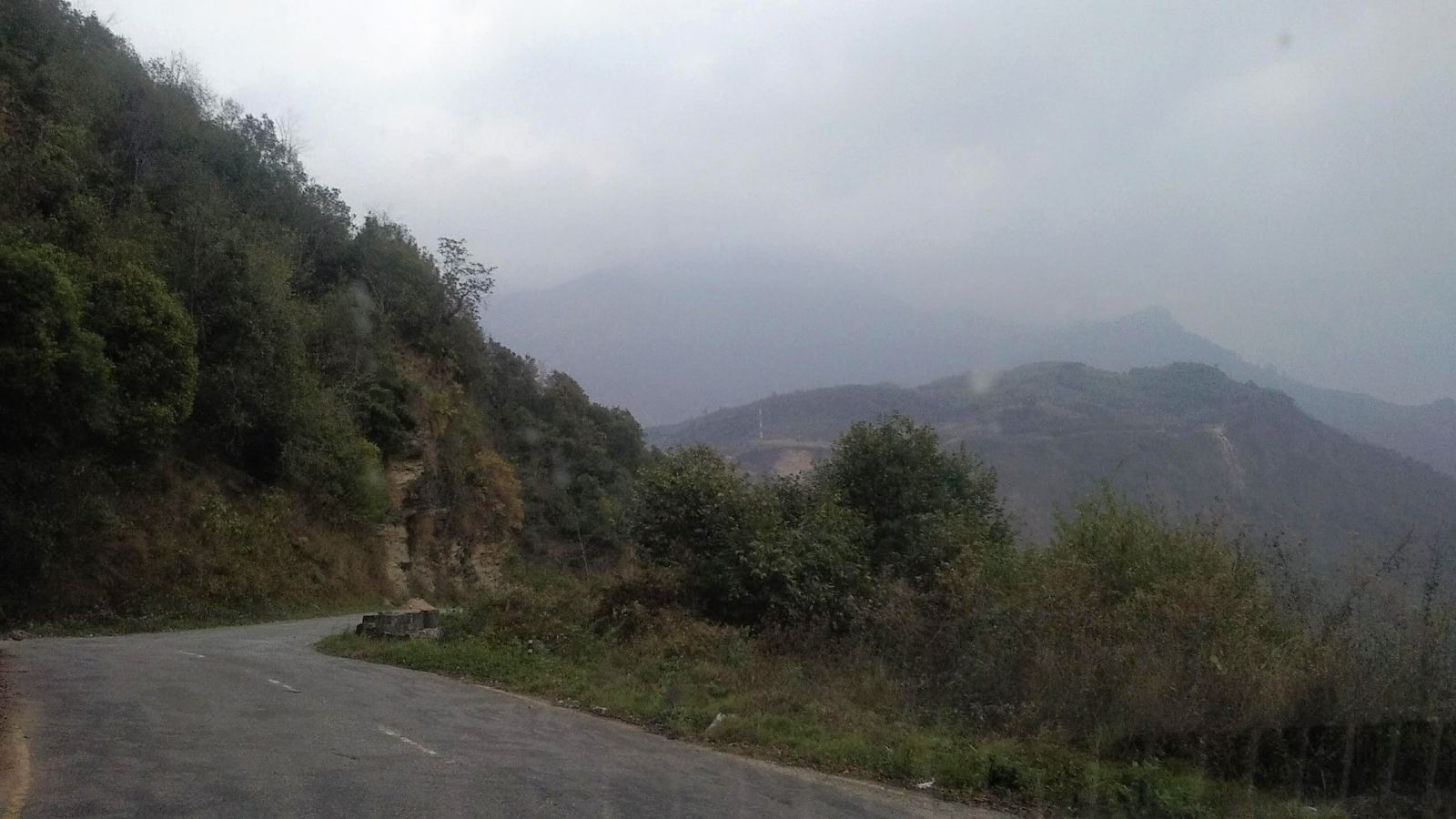
Chingi village falls at the edge of IBA-IN-360 [Important Bird Area in Arunachal : Shergaon Tenzinggang Kalaktang]
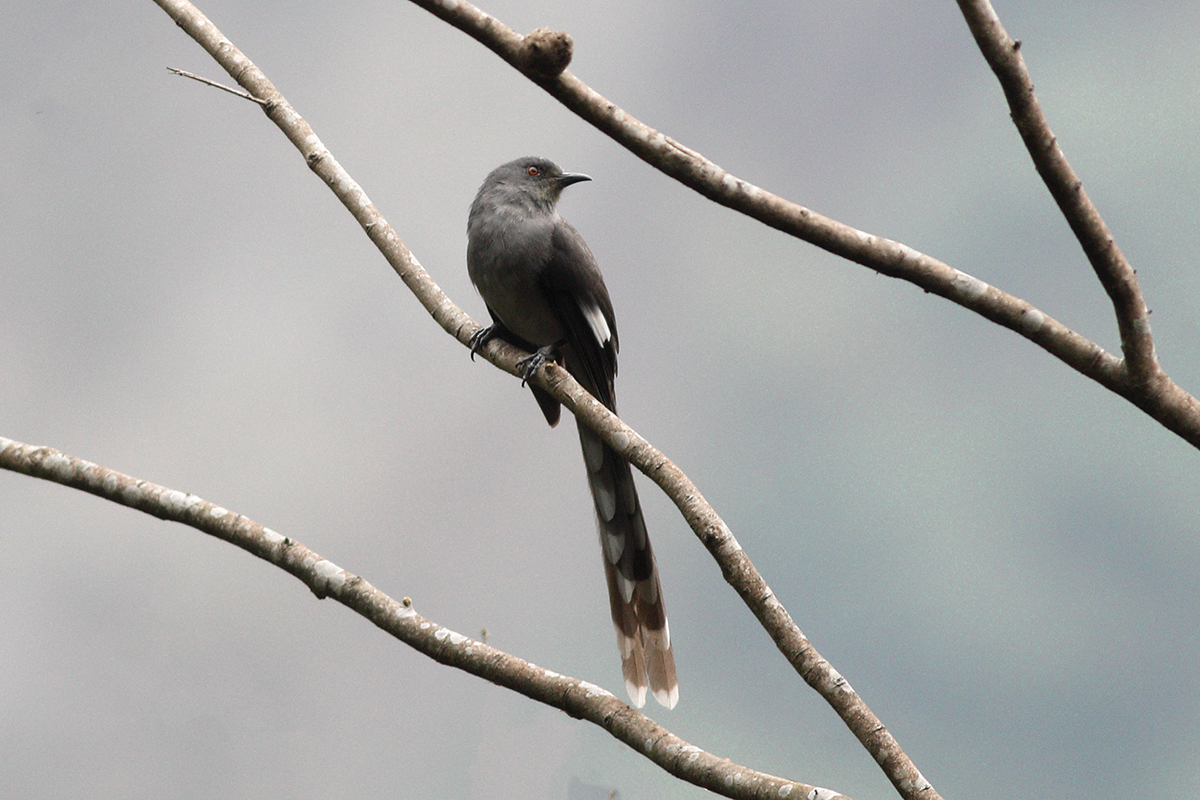 Long-tailed Sibia
Long-tailed Sibia
.jpg) |
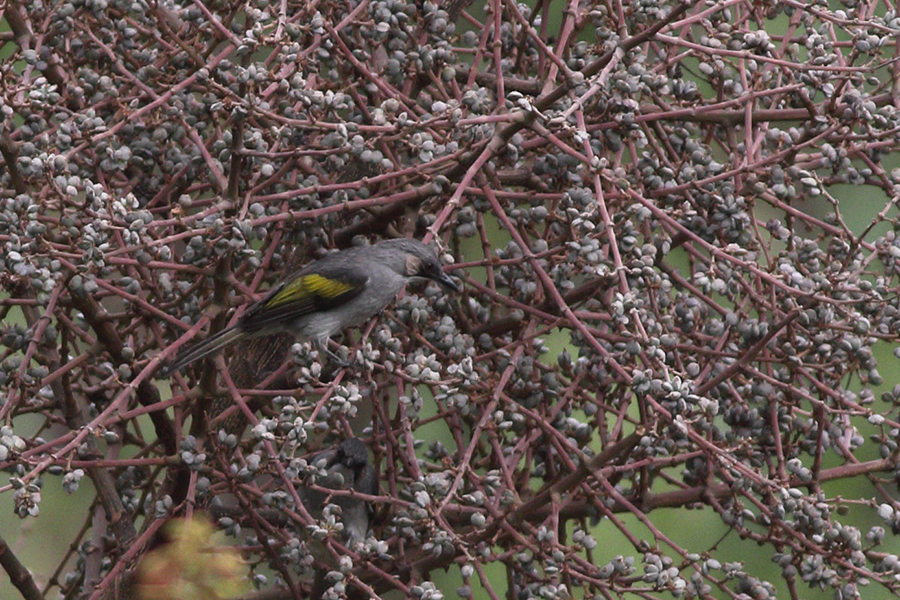 |
| Asian Fairy Bluebird | Ashy Bulbul |
There are multiple fruiting trees which attracts birds like this Nutgall Tree (Rhus chinensis). Once you explore jungle with expert naturalist you learn more and more. This is definitely not the bookish knowledge that you learn, rather the on field experiences. Local people also consume this fruit. This tree is considered underutilized edible fruit resource. Multiple bird species - Black Bulbul, Ashy Bulbul, Asian Fairy Bluebird, Golden-fronted Leafbirds etc were foraging in huge numbers on this tree. Good luck huh!
For nearly 30 kilometers till you reach in Kalaktang, you will drive through human habitat mostly. Bhutan Laughingthrushes can be commonly seen in this stretch. Common hill birds are abundant in the lower to mid-altitude areas.
Eaglenest Bird Watching Tour : Driving Commute Part 3
Route Taken: Kalaktang-Tenzinggang-Shergaon (Important Bird Area) to Tenga [80 Kilometers - 2 hrs]
Map : Kalaktang (27.104786, 92.114269) to Tenga (27.209441, 92.469587)
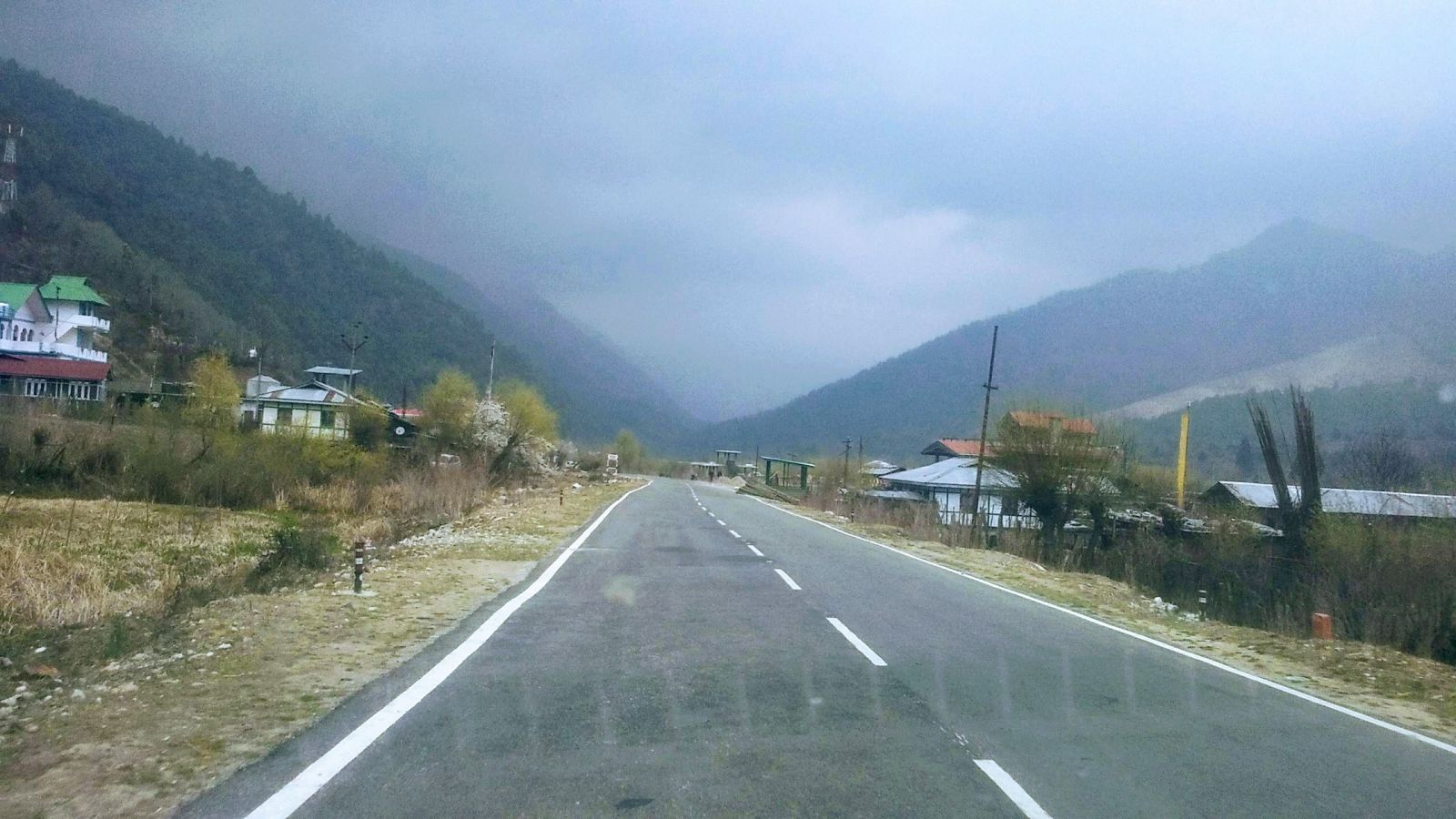
Driving through Shergaon village - Willow trees on the both side of the road makes the primary forest biomass in this part of Arunachal.
From Kalaktang onward, actual birding starts and you will cross the majestic Guyto Monastery. Here you accent 2,200 meters or nearly 7,200 ft. The serene Willow trees on both sides of Tenzingagang and Shergaon is a perfect habitat for Brown Parrotbills and Rufous-fronted Tits and still you are in Important Bird Area of Arunachal : Shergaon Tenzinggang Kalaktang as described in previous paragraph. It is important to note that this is the place where you might catch a glimpse of the Beautiful Sibia for the first time, as it is the easternmost part where this species is found. At Tenga, you can stop for a while in tea-houses before you resume bird watching.
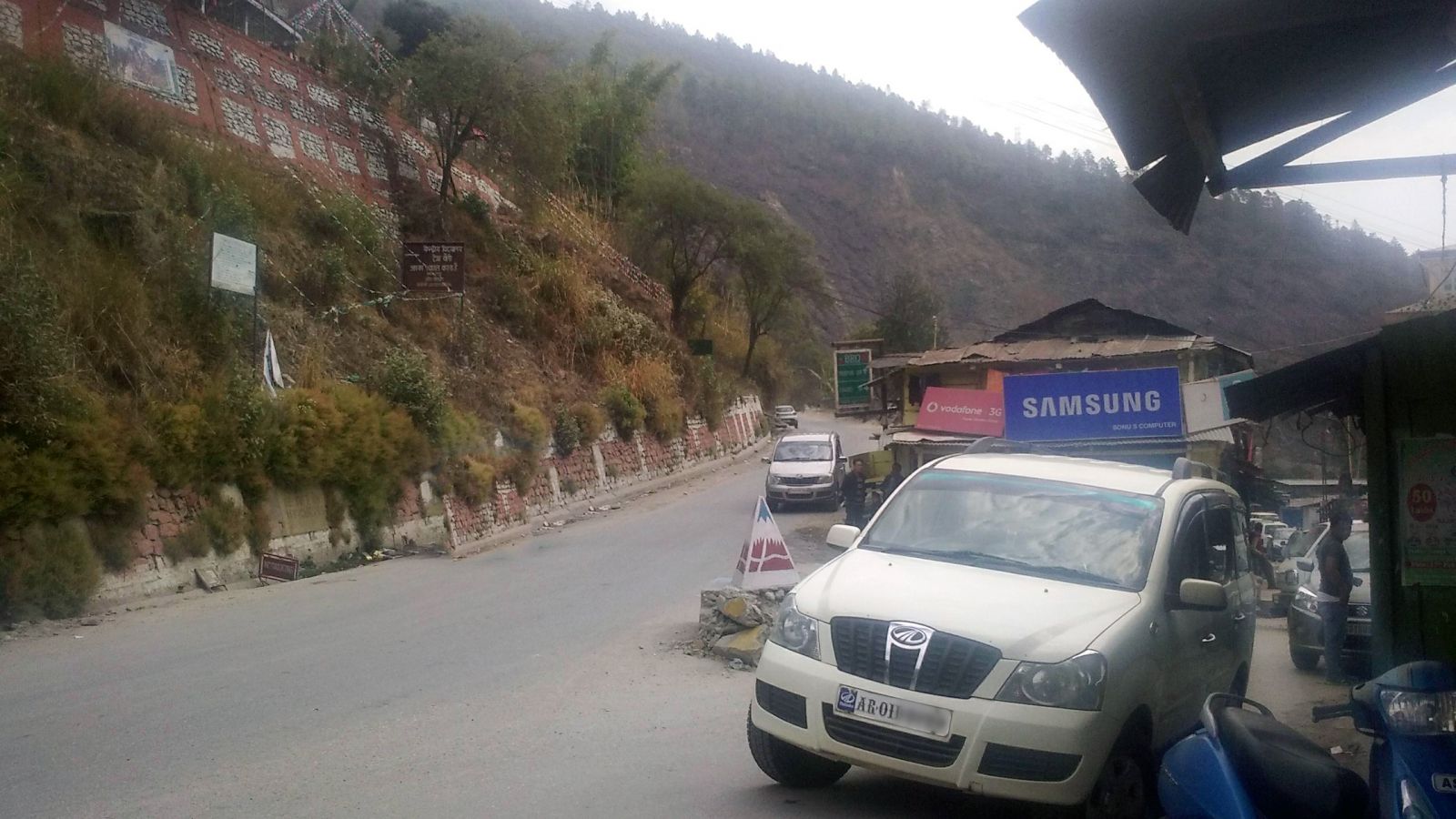 For our Bird Watching Tours to Eaglenest Wildlife Sanctuary in Arunachal Pradesh, we always use Innova or Xylo (air conditioned vehicles) so that bird watchers can retire comfortably during non-birding hours of the day.
For our Bird Watching Tours to Eaglenest Wildlife Sanctuary in Arunachal Pradesh, we always use Innova or Xylo (air conditioned vehicles) so that bird watchers can retire comfortably during non-birding hours of the day.
In the degraded forest around Tenga Town, you can expect much. Unless you spot some Little Buntings or Rufous-breasted Accentor. A different subspecies of Striated Laughingthrush 'cranbrooki' is found in Arunachal. It is a common sight for this subspecies. You can check it out too, during our bird watching tour. Black stripes behind eye is the marker for the bird, for any other subspecies such markings are not present.
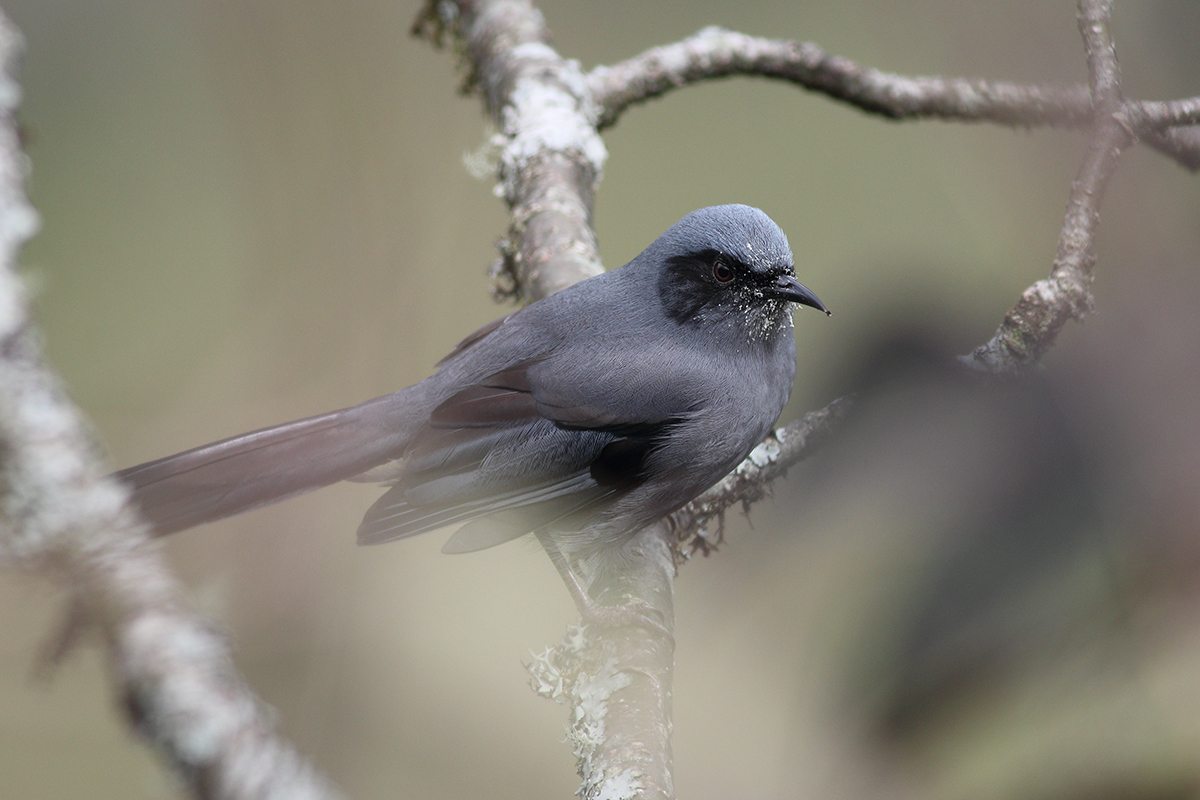
Beautiful Sibia
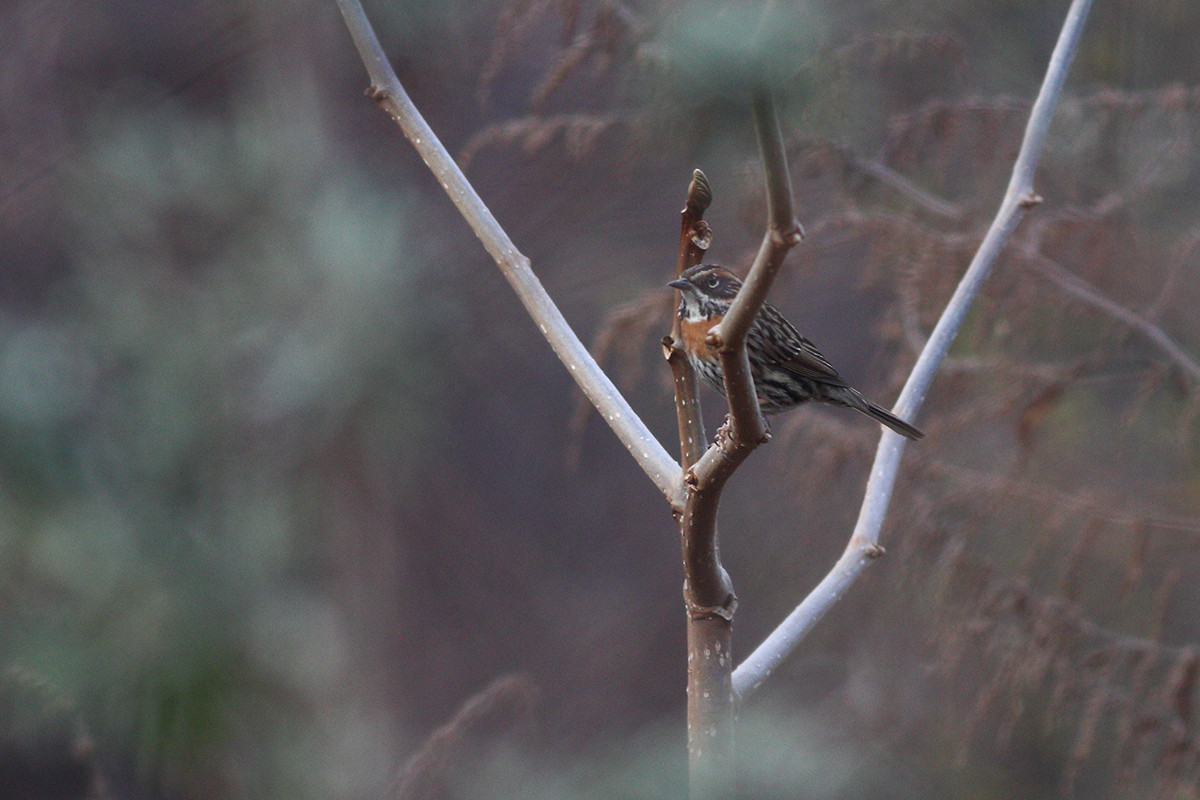 |
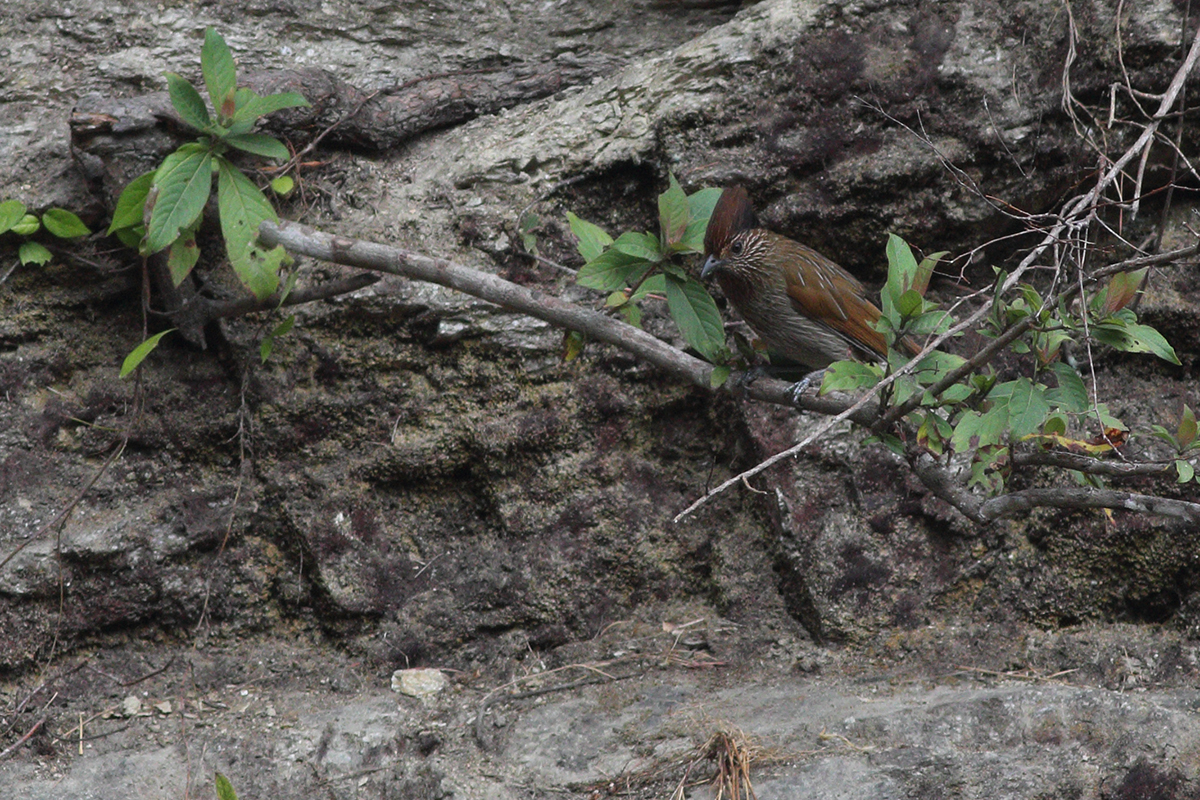 |
| Rufous-breasted Accentor | Striated Laughingthrush (G.s.cranbrooki) |
Eaglenest Bird Watching Tour : Driving Commute Part 4:
Rouet Taken: Tenga-Ramalingam [9 Kilometers - 20 minutes]
Map : Tenga (27.211175, 92.467668) to Ramalingam Camp (27.194831, 92.463124)
Tenga has major army base camps in western Arunachal Pradesh, thus in most of the places, photography is strictly restricted.
Here, before entering Singchung Village, at Shergaon Forest Division Check Post, you will be stopped for forest entry permits and camera charges. Later, in the community-driven village checkpoint inside Singchung Village; you will be stopped for the second time to pay the community development fees; it is important to note that these charges vary for Indian and foreign bird watchers.
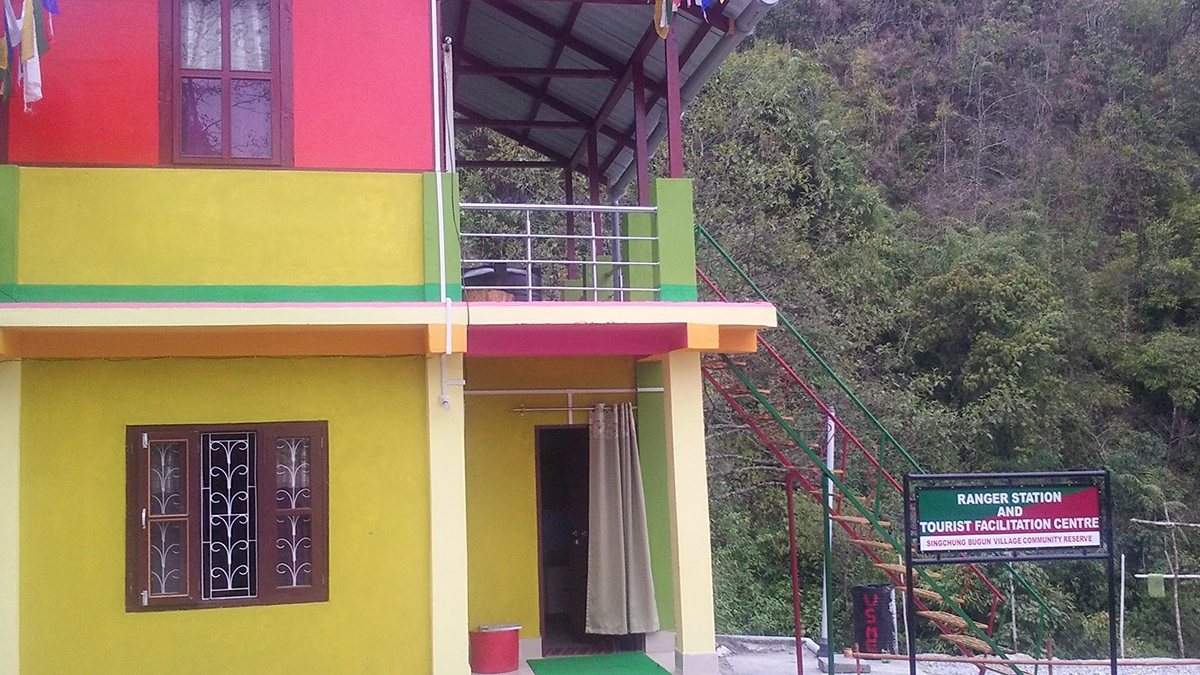
Shergaon Forest Division Check Post (Singchung Bugun Village Community Reserve)
Ramalingam:
Ramalingam has a forest rest house (camp), which is run by locals. This two storied wooden building has three bed rooms and a big dinning area. Though washroom arrangements are very basic but it is clean and fitted with commode toilet. No worries for elders and people having lower back pain. Here they serve vegeterian food items, though it serves more than a person could cherish for!
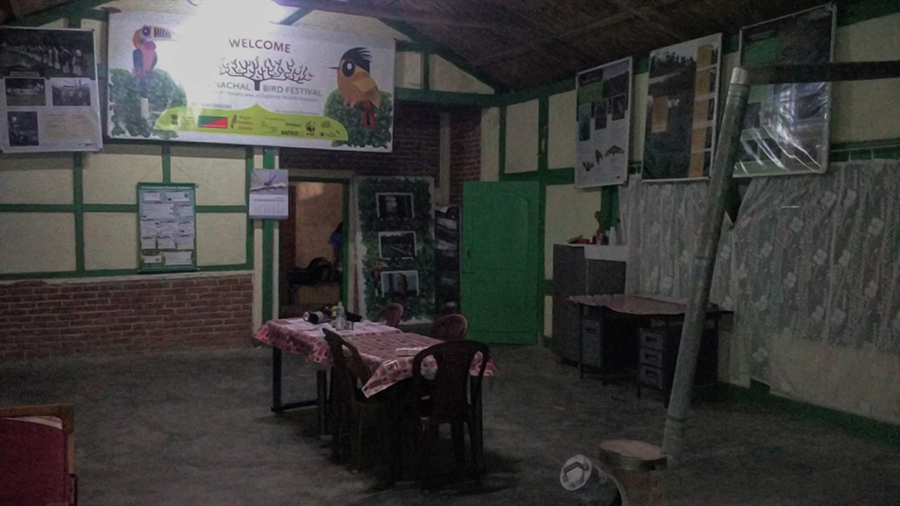 Ramalingam Eco Development committee run guest house [Eaglenest Bird Watching Tour]
Ramalingam Eco Development committee run guest house [Eaglenest Bird Watching Tour]
In summer month Ramalingam campus is best for night bird watching. Hodgson’s Frogmouth, Mountain, and Collared Scops Owl, Brown Wood Owl, Grey Nightjar, etc. can be commonly sighted if accompanied by an expert bird watcher. Stay for one night or two can give you breathtaking nocturnal birding experience. In one word it is a heaven for nocturnal bird watching.
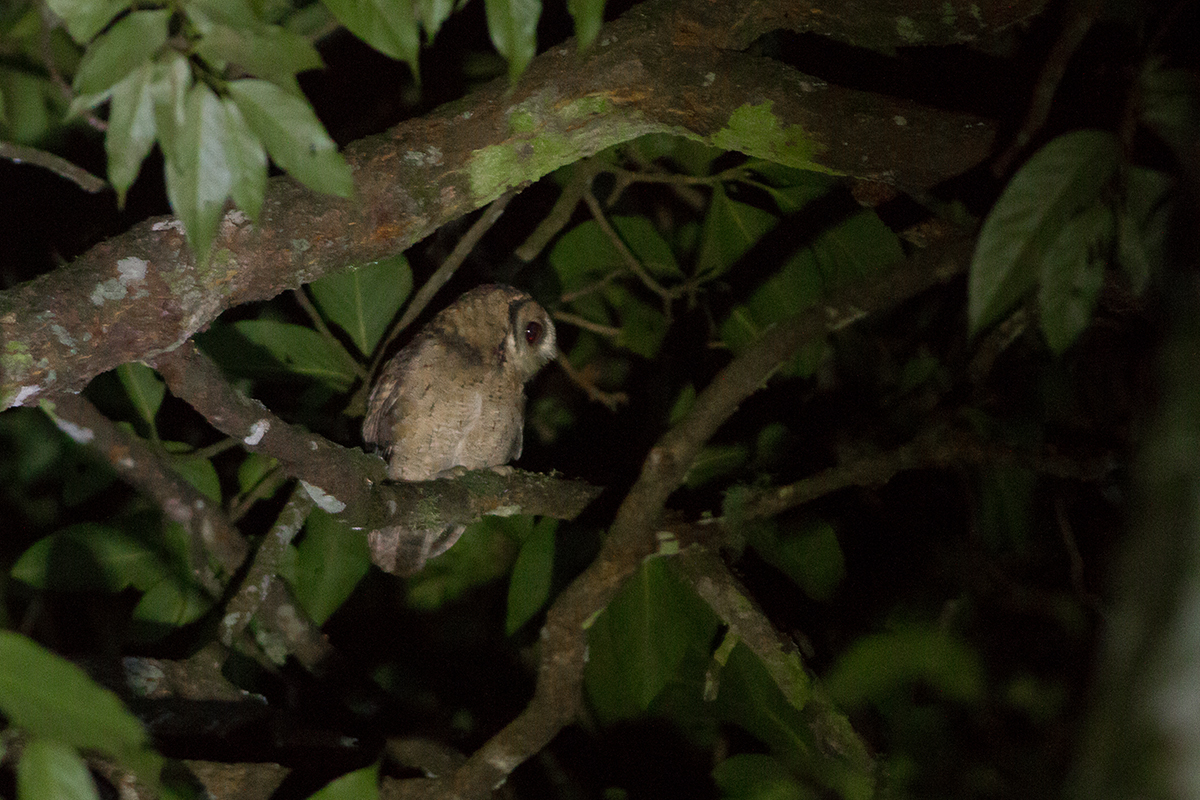 |
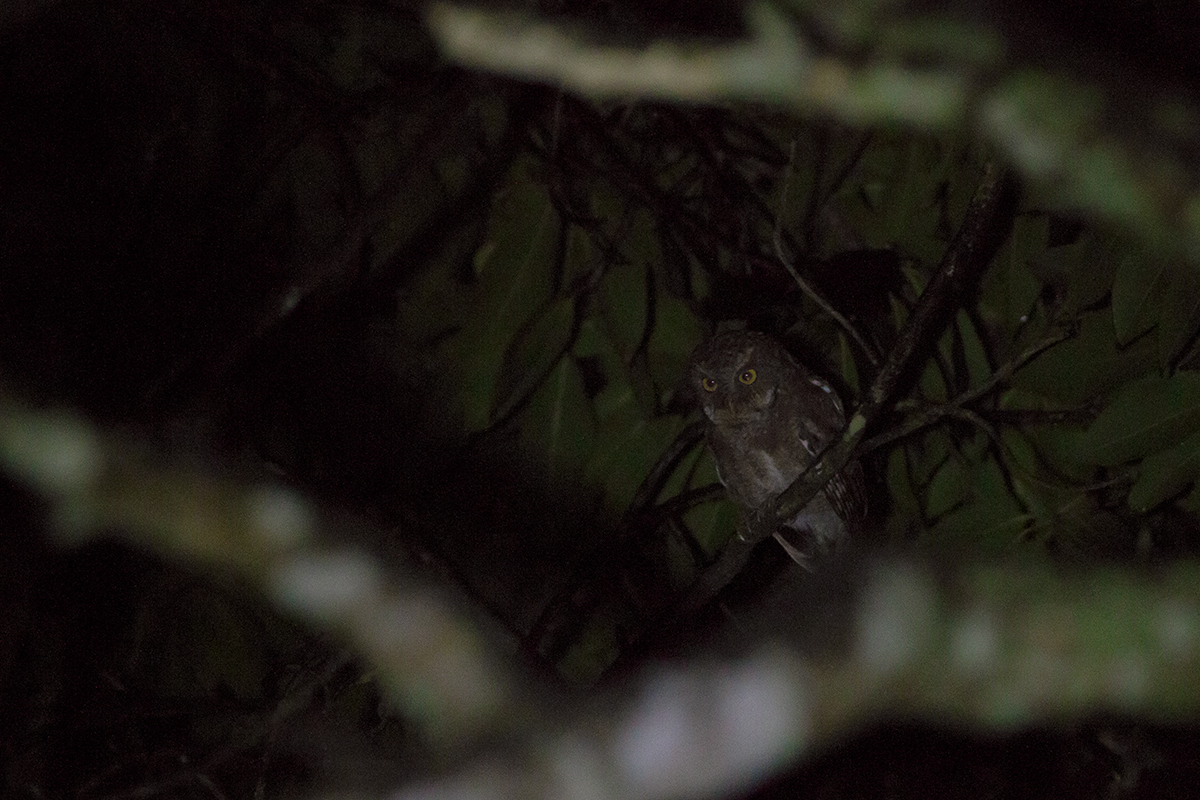 |
| Collared Scops Owl | Mountain Scops |
|
|
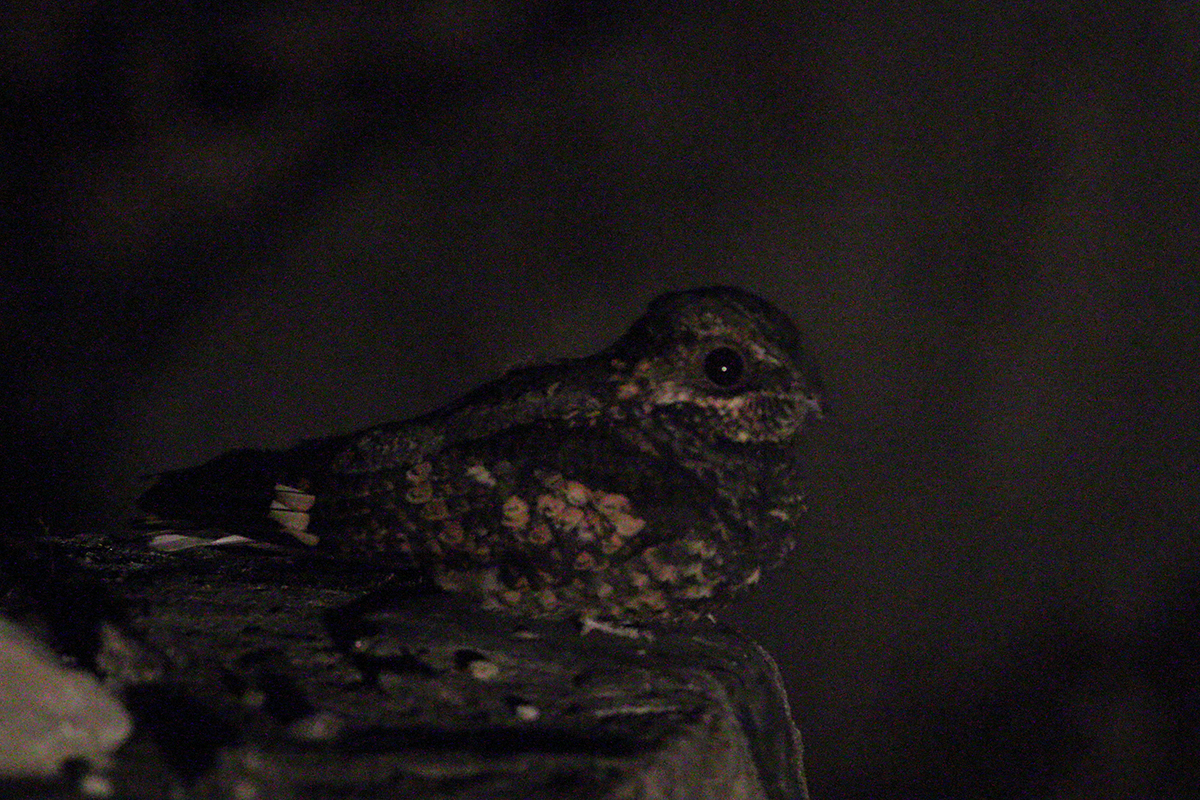 |
| Brown Wood Owl | Grey Nightjar |
Other than nocturnal birds, good species of diurnal birds also reside in this patch. The habitat consists of bamboos and afforested hill slopes. Several species of Fulvettas, Tits and two species of Barwings are found in this patch. Altitude at Ramalingam is 1,800 meters or nearly 6,000 ft.
Eaglenest Bird Watching Tour : Driving Commute Part 5
Route Taken: Ramalingam-Lama Camp [7.3 Kilometers - 15 Minutes]
Map : Ramalingam (27.194831, 92.463124) to Lama Camp (27.157092, 92.460614)
It is important to note that you haven’t yet entered the Eaglenest W
ildlife Sanctuary rather we are exploring the periphery of the sanctuary at Rupa Range of Shergaon Forest Division. Thus from the first check post onward, upto Eaglenest Pass, you are in Singchung Bugun Village Community Reserve.
Ramalingam to Lama camp is a steep climb. Within 7 kilometers you will be at 2,400 meters (or 7,800 ft) from 1,800 meters. Most of the forest in this community forest is protected. You will realize that on experiencing the moss and lichen soaked Birch-Oak jungles.
Himalayan Cutia with a mixed flock of birds - Streak-throated Barwing, Red-headed Trogon, Bhutan Laughingthrush, Tibetan Serin, Bush Robins, Shortwings can be seen in this altitude.
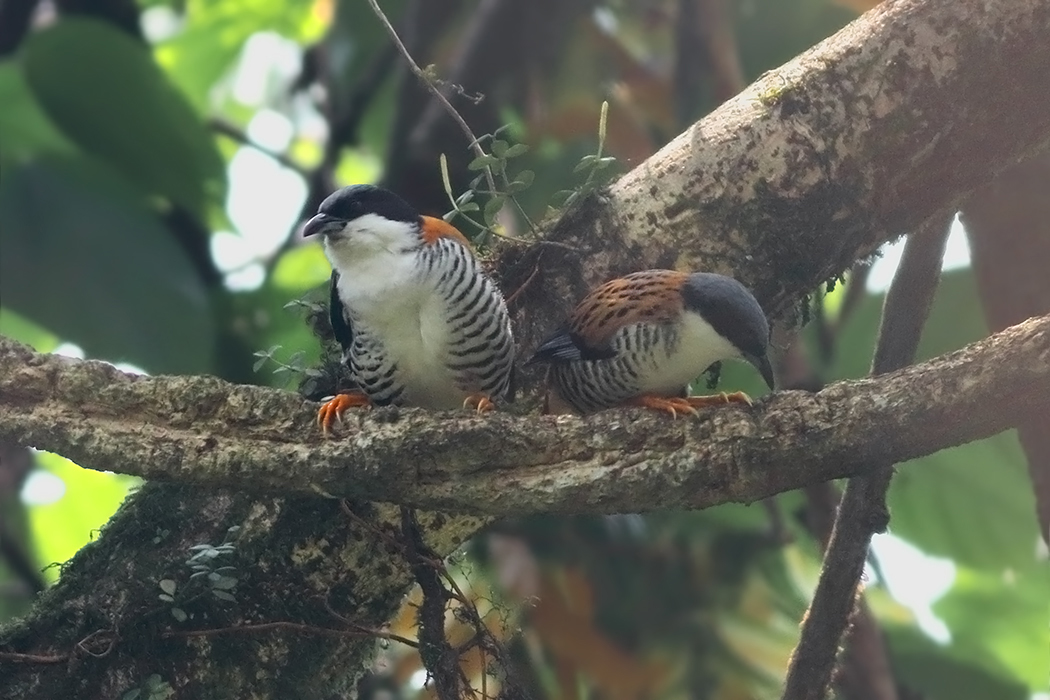 |
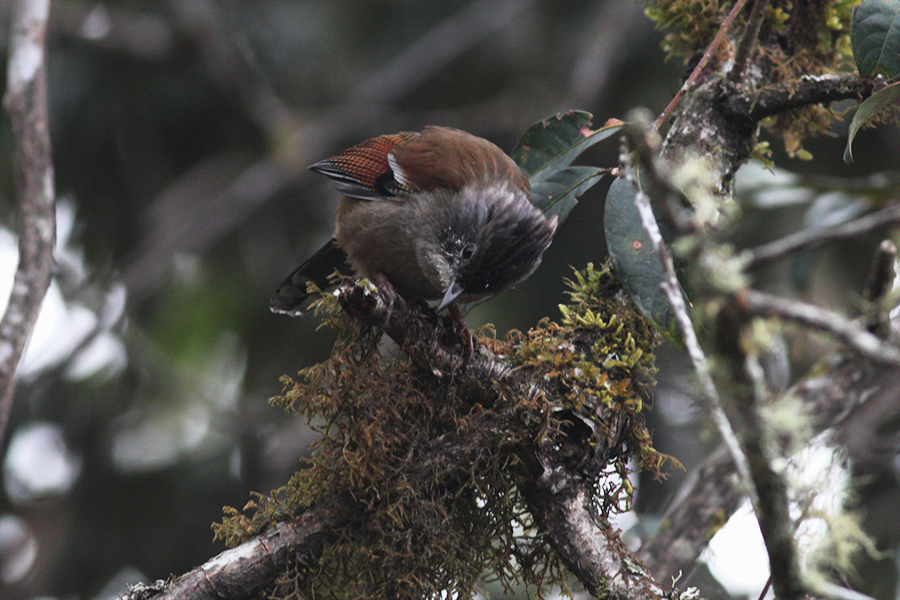 |
| Himalayan Cutia | Streak-throated Barwing |
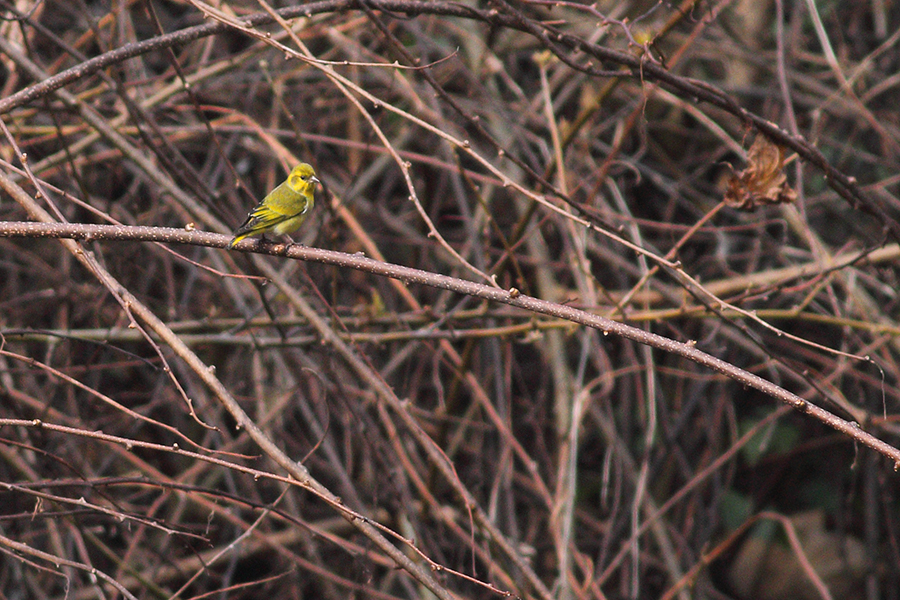 |
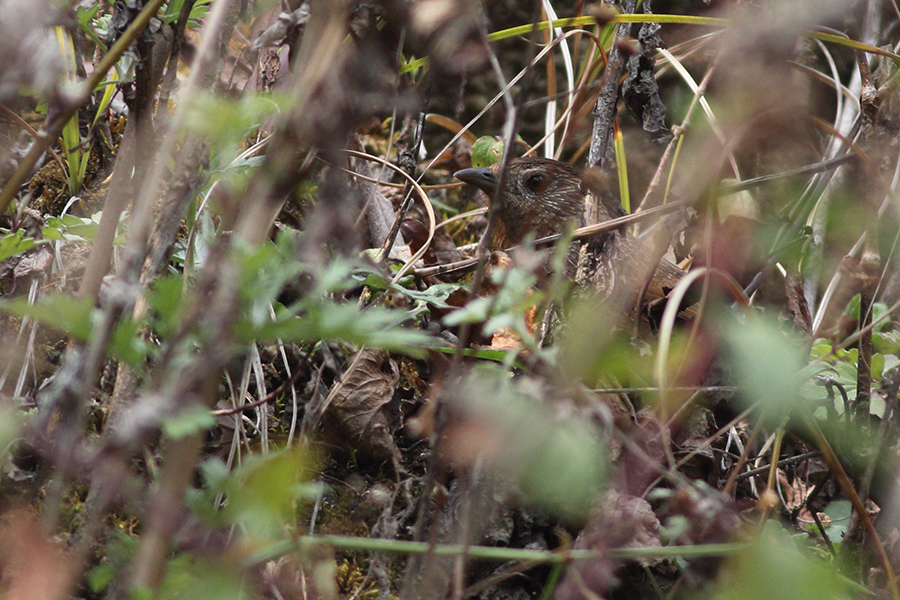 |
| Tibetan Serin | Bhutan Laughingthrush |
Bugun Liocichla: The star bird of this sanctuary is Bugun Liocichla, which is named after the early inhabitants - Bugun tribe group. Even today, people of the Bugun tribe group have a very strong presence here. These forest areas are inhabited by many tribes and the ally clans. Lands full of the abundance of natural resources, the beauty, and the bounty have kept these people tied with it the unbreakable bond between the land and the people is magnificent … moving on with the Bugun Liocichla...Most of the time you see this awe-inspiring bird in the early morning or the afternoon. However, it prefers to forage in degraded hill slopes. The skittishness of the species makes the situation tough for the bird watchers to get a clear and long sighting. The bird is so much range-restricted that you can see it here only, exclusively.
Lama Camp:
At an elevation of 2,375 meters (or ft), Lama Camp is one of the stay options outside Eaglenest in the outskirts of Eaglenest Wildlife Sanctuary. Though it is at the edge of the sanctuary, but to achieve Bugun Liocichla target, you must not avoid a few days of stay here. If you have six days of time in hand, spending two nights at Lama Camp would be a wise decision.
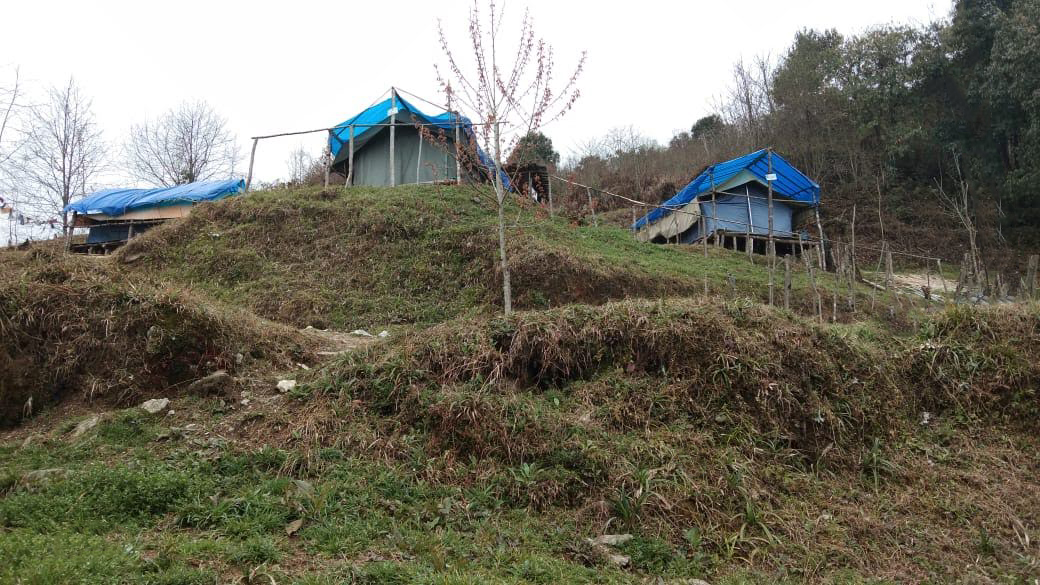 |
.jpg) |
| Lama Camp site in Singchung Bugun Community Reserve | About Lama Camp |
Since this is a place for avid bird watchers and hard core nature lovers, thus this campus is made in such a way so that tourism follows sustainability and as much environment friendly establishment as possible. The campsite has 15 to 20 double occupancy tents across the hill slopes in tiers. Dining area is very nicely made and serves simple of vegetarian food. Since this camp mostly serves birders, thus it follows the roster ‘early to bed, early to rise’. Dinner is served by 7-8 PM at night and by day break your packed breakfast would be ready for the morning birding session from 5 AM onward. Both Indian and western style toilets are there in the campus. Your stay is arranged in such least impacted forest campus, so you should not ask for luxury items. Helpful associates are there, who are ready to assist you even in the middle of the night.
Eaglenest Bird Watching Tour : Driving Commute Part 6
Rouet Taken: Lama Camp-Tragopanda Trail & Tragopanda Lake-Eaglenest Pass [9.3 Kilometers - 25 Minutes]
Though there are multiple birding trails around Lama Camp; still you see most of them when you cover the Tragopanda trail, which leads up to Tragopanda Lake. Hill Partridge, Blyth’s Tragopan are the two birds for which this birding trail is famous. Most of these areas are very much leech-infested, thus don’t forget to bring a pair of leech socks. Summer months are best for bird watching here because summers are breeding season for Himalayan birds but bad news for you...you have to suffer most due to the leeches during this time only… but then as they say no pain no gain… in winter, birds are less active and jungle is almost free from leeches. Birding in North-east India is quite enthralling in these parts.
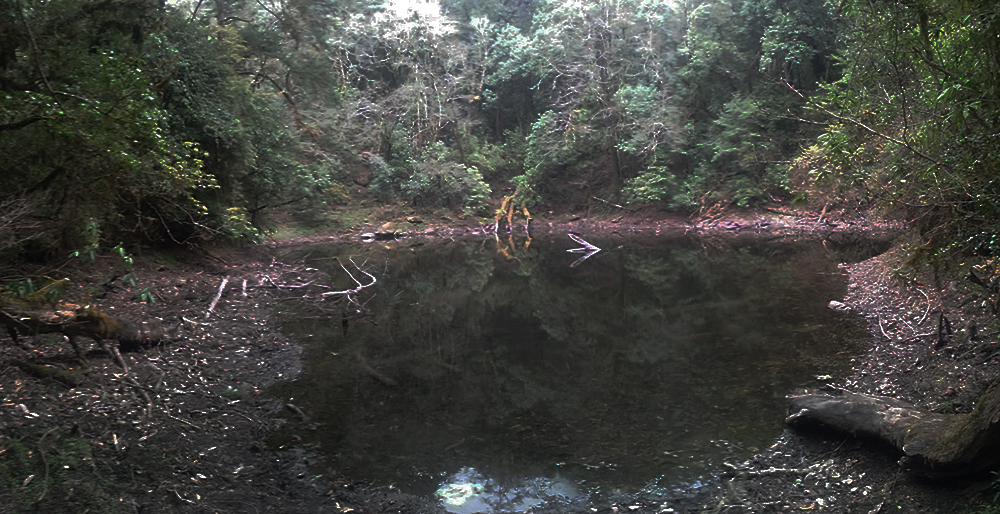 |
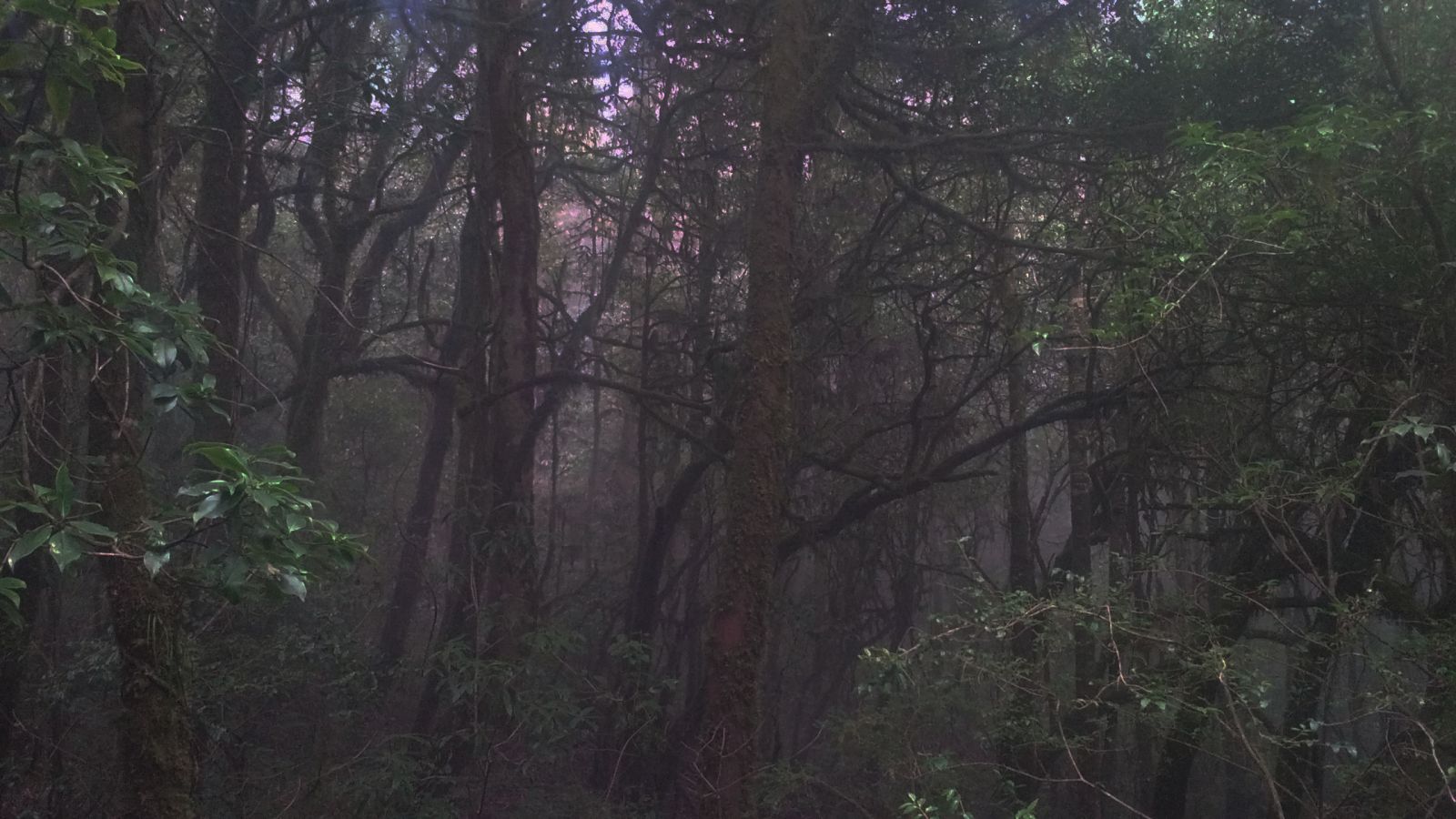 |
| Tragopanda Lake | High Canopy forest, perfect place for Ward's Trogon and Tragopan |
In multiple places, we will try for Chestnut-breasted Partridge. Just a few photographs are there of this species, so it is one of the most sought after birds (after Bugun Liocichla) here.
As you drive up, you will reach the Eaglenest Pass, which is at a height of 2,780 meters (or nearly ft). In this area, near bamboo growths, we see Brown Parrotbills, Fulvous and Black-throated Parrotbills. Seldom, Great Parrotbills are seen.
Yello-rumped Honeyguide
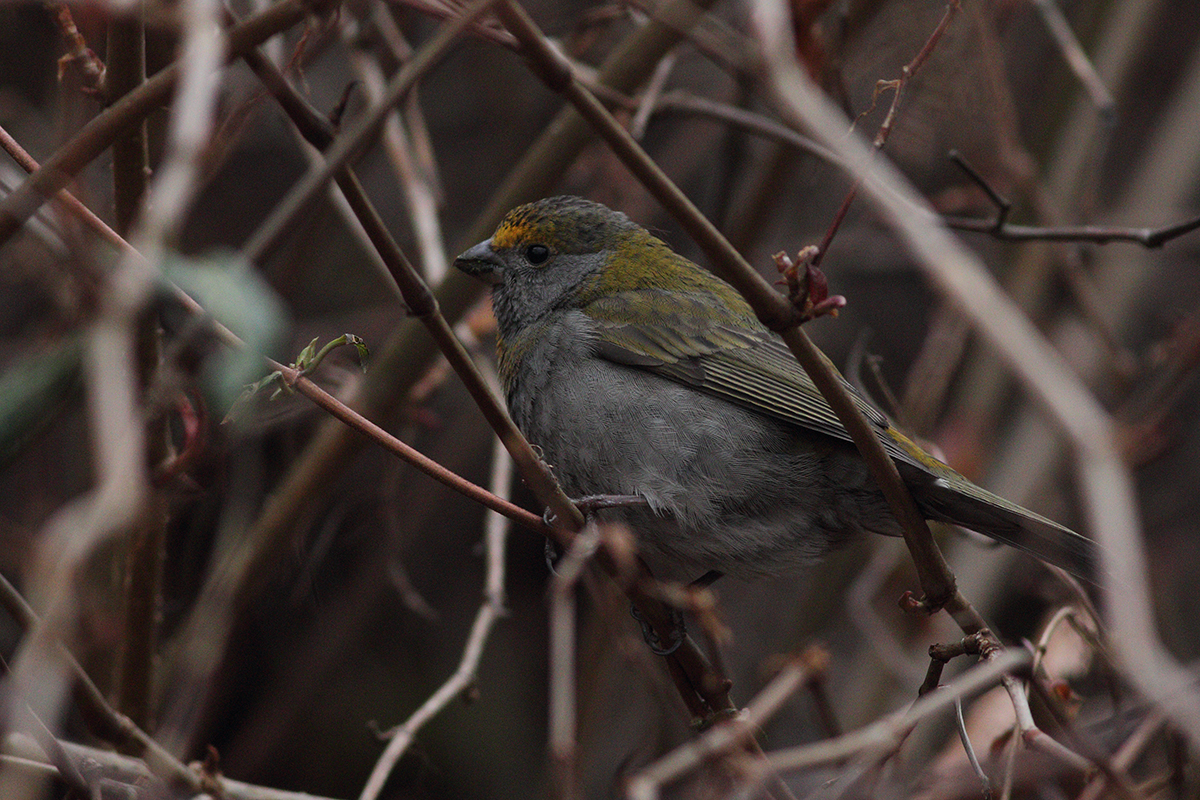 |
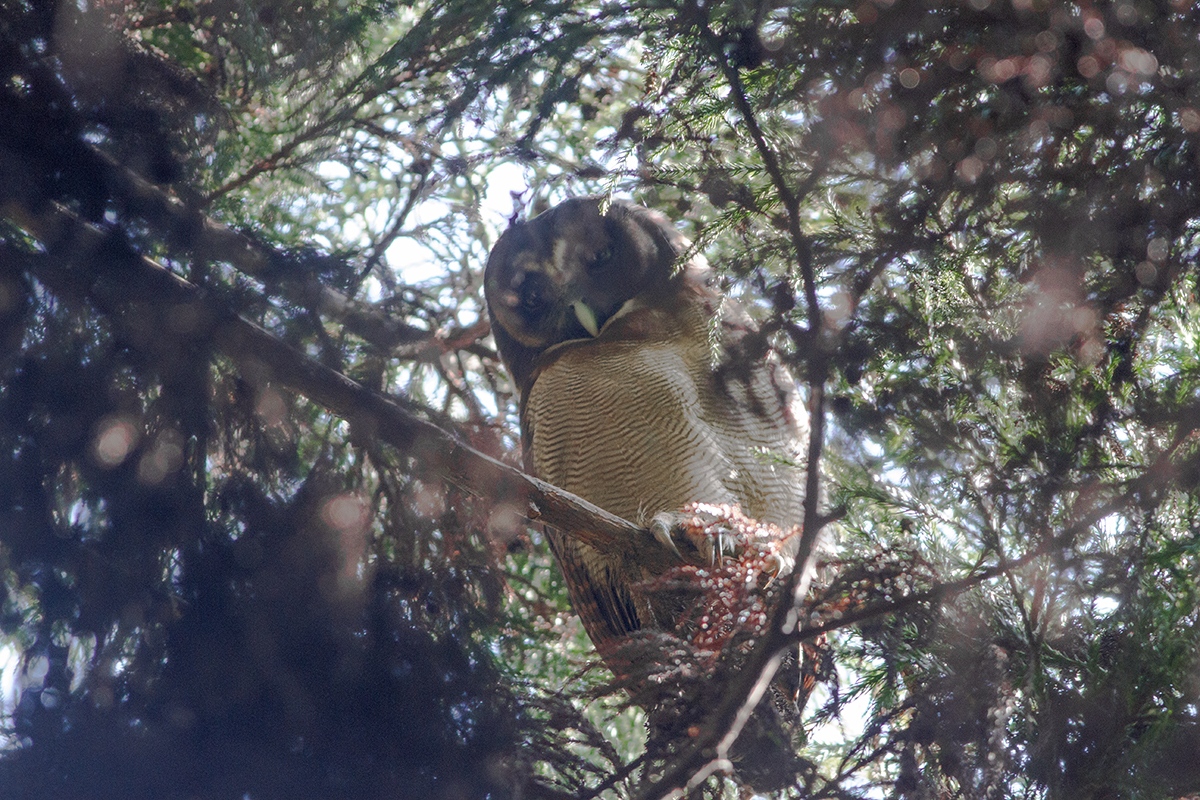 |
| Crimson-browed Finch | Ludlow's Fulvetta |
From here you will be crossing Eaglenest Pass and finally entering into the Eaglenest Wildlife Sanctuary. Crimson-browed Finch, Bar-winged Wren-Babbler, etc. can be expected to be seen in this area. Eaglenest Pass is the highest place that we will cover in the park and that is why most high altitude avian fauna can be sighted in this area. Once the Rhododendrons bloom, Brown-breasted Fulvetta, Fire-tailed Myzornis, Spotted Laughingthrush, etc. will come flocking around the flowers and we will get an amazing opportunity to enjoy the love of the forest. There are some trails where we will try for Blyth’s Tragopan and Yellow-rumped Honeyguide. We will try for this elusive bird species everywhere where they are found mostly. We will keep no stone unturned to get what we want.
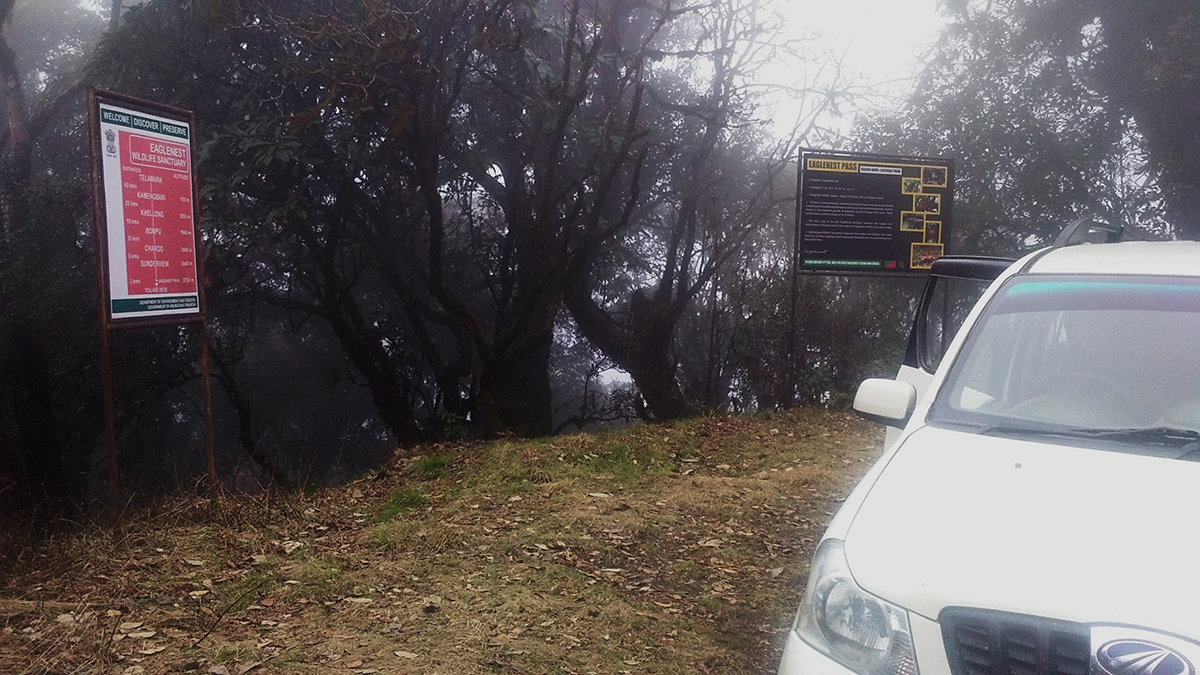
SUV parked at Eaglenest Pass, while we explored shorter trails for some secret species
.jpg) |
.jpg) |
| Distancewise chart from Eaglenest Pass | About Eaglenest Pass |
This is just the beginning of a beautiful journey to the Eaglenest Wildlife Sanctuary and the list of birds in Eaglenest is long so get ready to experience the bounty of this forest for we’ve just crossed the Eaglenest Pass. Stay with us for the next blog will be published soon with detailed information on this less frequented wildlife sanctuary. In the next blog we will enter into the Eaglenest Wildlife Sanctuary and explore the beauty of this avian paradise. To check out more pictures you can follow us on Instagram our Instagram handle is goingwild_wildlife_photo_tours
0 Comments
Leave a comment
Archive
Tags
Latest Posts
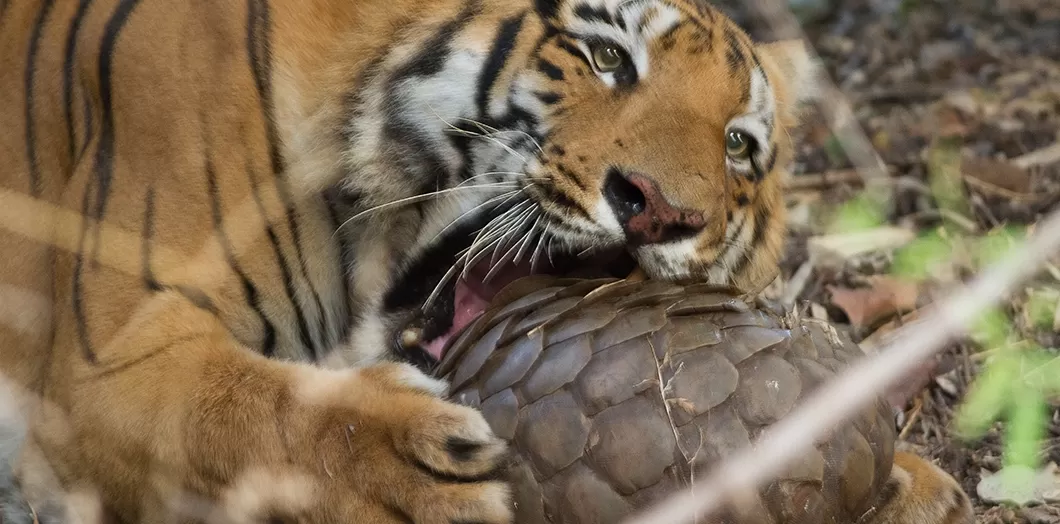
Tiger Pangolin Storyline From Tadoba
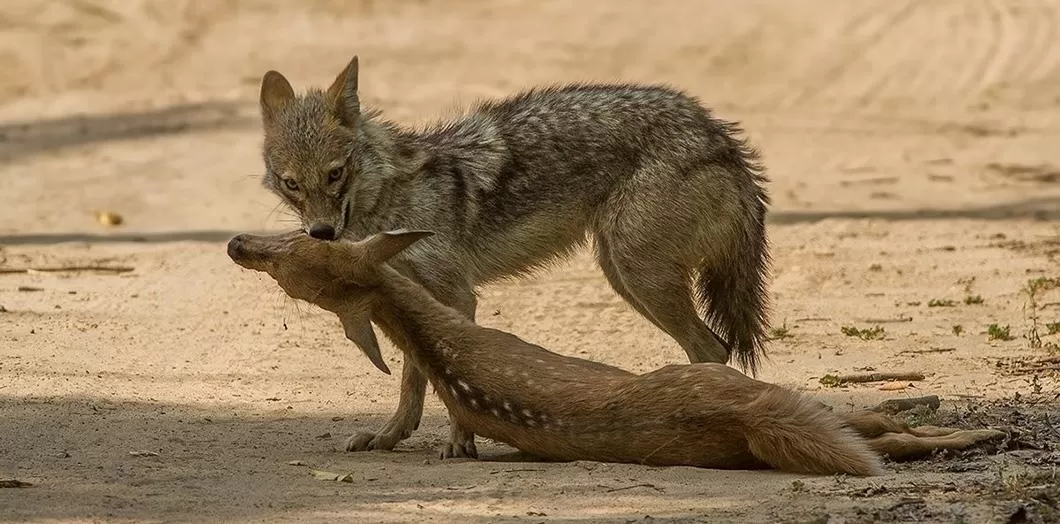
The Day of the Jackal
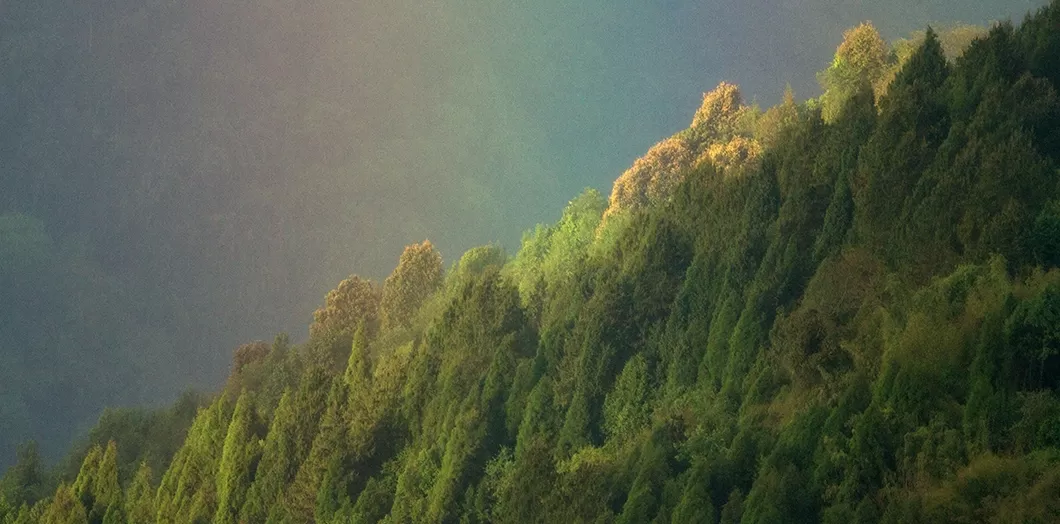
'Sikkim' Tour - Zuluk
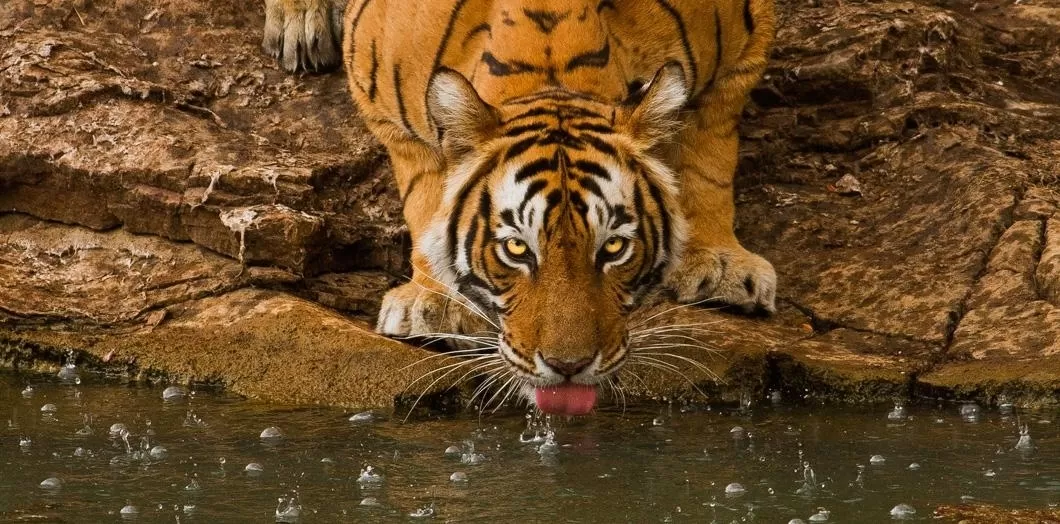
Tigress in Rain
